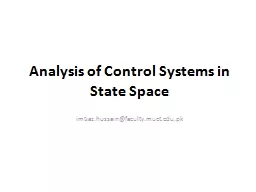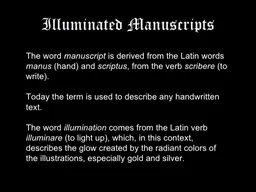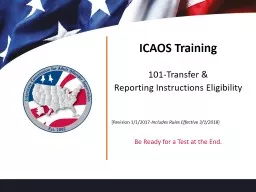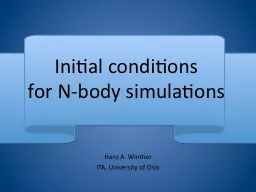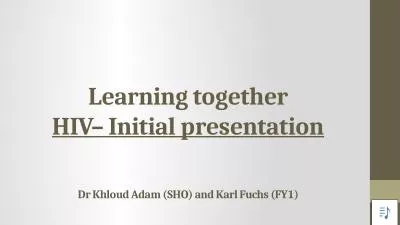PPT-Week 5b. Transfer and the “initial state
Author : giovanna-bartolotta | Published Date : 2019-03-12
for L2a CAS LX 500A1 Topics in Linguistics Language Acquisition UG in L2A so far UG principles Subjacency Binding Theory UG parameters of variation Subjacency
Presentation Embed Code
Download Presentation
Download Presentation The PPT/PDF document "Week 5b. Transfer and the “initial st..." is the property of its rightful owner. Permission is granted to download and print the materials on this website for personal, non-commercial use only, and to display it on your personal computer provided you do not modify the materials and that you retain all copyright notices contained in the materials. By downloading content from our website, you accept the terms of this agreement.
Week 5b. Transfer and the “initial state: Transcript
Download Rules Of Document
"Week 5b. Transfer and the “initial state"The content belongs to its owner. You may download and print it for personal use, without modification, and keep all copyright notices. By downloading, you agree to these terms.
Related Documents




